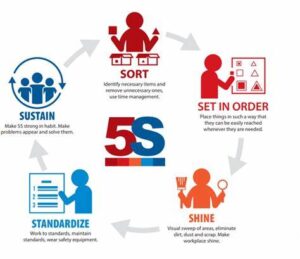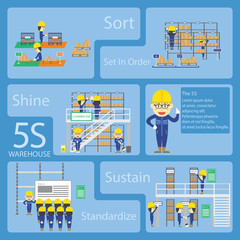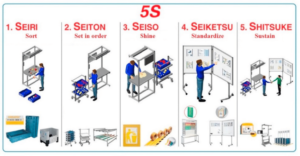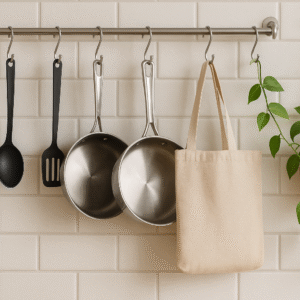Safety with 5S Implementation
Enhancing Safety Through 5S Implementation
In today’s fast-paced work environments, safety is paramount. One effective way to enhance workplace safety is through the implementation of the 5S methodology. Originating from Japan, 5S stands for Sort, Set in order, Shine, Standardize, and Sustain. While its primary goal is to improve efficiency and organization, it also plays a crucial role in fostering a safer workplace. Let’s explore how 5S can lead to improved safety standards.
1. Sort: Identify and Eliminate Hazards
The first step in the 5S process is sorting through items in the workspace. This involves identifying what is essential and what can be removed. During this phase, workers can also pinpoint potential hazards—whether they are cluttered pathways, unnecessary equipment, or outdated materials. By eliminating these hazards, the workspace becomes safer, reducing the risk of accidents and injuries.
Practical Tip:
Conduct a team-based sorting session. Involve all employees, as they can provide valuable insights into what items are truly necessary and what can be discarded.
2. Set in Order: Create an Organized Workspace
Once you’ve sorted through your items, the next step is to organize them effectively. A well-organized workspace minimizes confusion and ensures that tools and materials are easily accessible. This reduces the likelihood of accidents caused by searching for items or misplacing tools.
Practical Tip:
Use visual management techniques, like labels and color coding, to clearly designate where items belong. This helps everyone know where to find and return tools, reducing clutter and enhancing safety.
3. Shine: Keep it Clean
Cleaning is not just about aesthetics; it’s about safety. Regularly cleaning the workspace helps identify potential safety issues, such as leaks or spills, before they lead to accidents. A clean environment also contributes to overall morale and productivity.
Practical Tip:
Establish a regular cleaning schedule and involve all team members. Assign specific areas or tasks to ensure accountability and maintain cleanliness.
4. Standardize: Develop Safe Practices
Standardization ensures that everyone in the workplace follows the same procedures, which is crucial for safety. Creating clear guidelines for tasks helps eliminate confusion and promotes safe practices. This step involves documenting safety protocols and providing training to ensure everyone understands the standards.
Practical Tip:
Develop checklists and standard operating procedures (SOPs) for common tasks. Regular training sessions can reinforce these practices and keep safety top of mind.
5. Sustain: Make Safety a Habit
The final step is sustainability, which involves making 5S practices a regular part of the workplace culture. Continuous improvement is key to maintaining safety. Encourage feedback from employees and hold regular reviews to assess the effectiveness of safety measures.
Practical Tip:
Implement a rewards system for teams that consistently uphold 5S practices. Recognizing efforts can motivate employees to prioritize safety and contribute to a culture of continuous improvement.
Conclusion
Implementing the 5S methodology not only enhances efficiency but also significantly improves workplace safety. By sorting through items, organizing the workspace, maintaining cleanliness, standardizing practices, and sustaining efforts, organizations can create a safer and more productive environment. Remember, safety is everyone’s responsibility. Embrace the 5S principles and foster a culture of safety that protects employees and enhances overall performance.
By investing in 5S, you’re not just improving your workspace; you’re also investing in the health and safety of your most valuable asset—your employees.


















